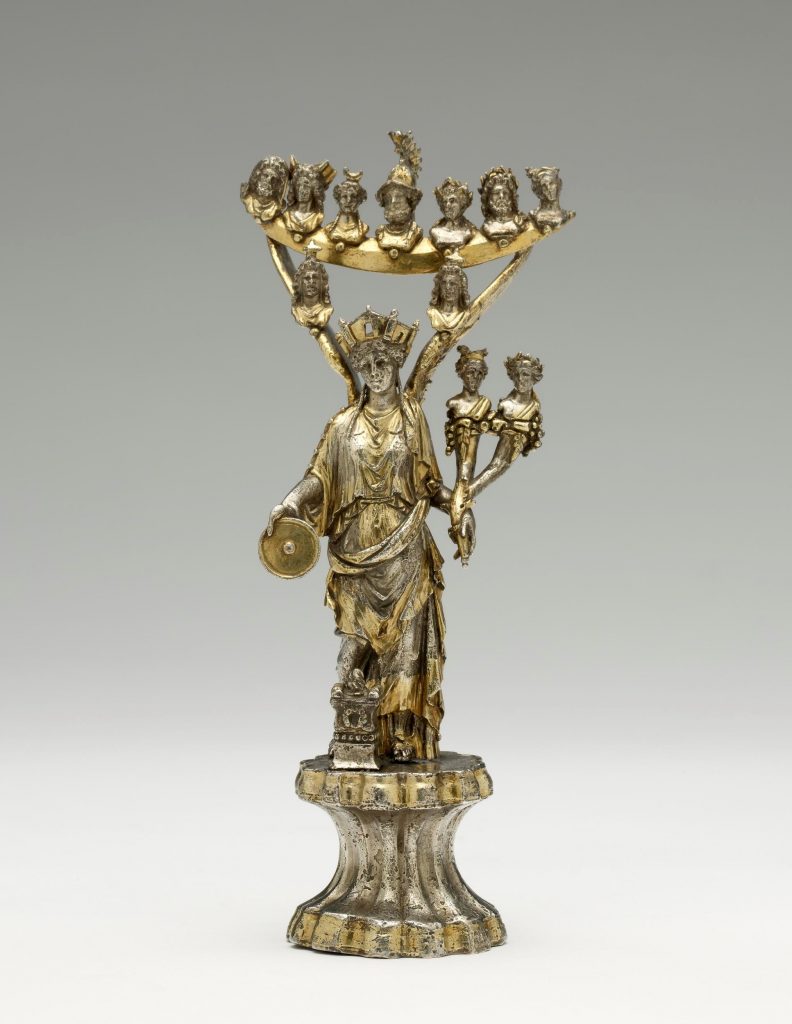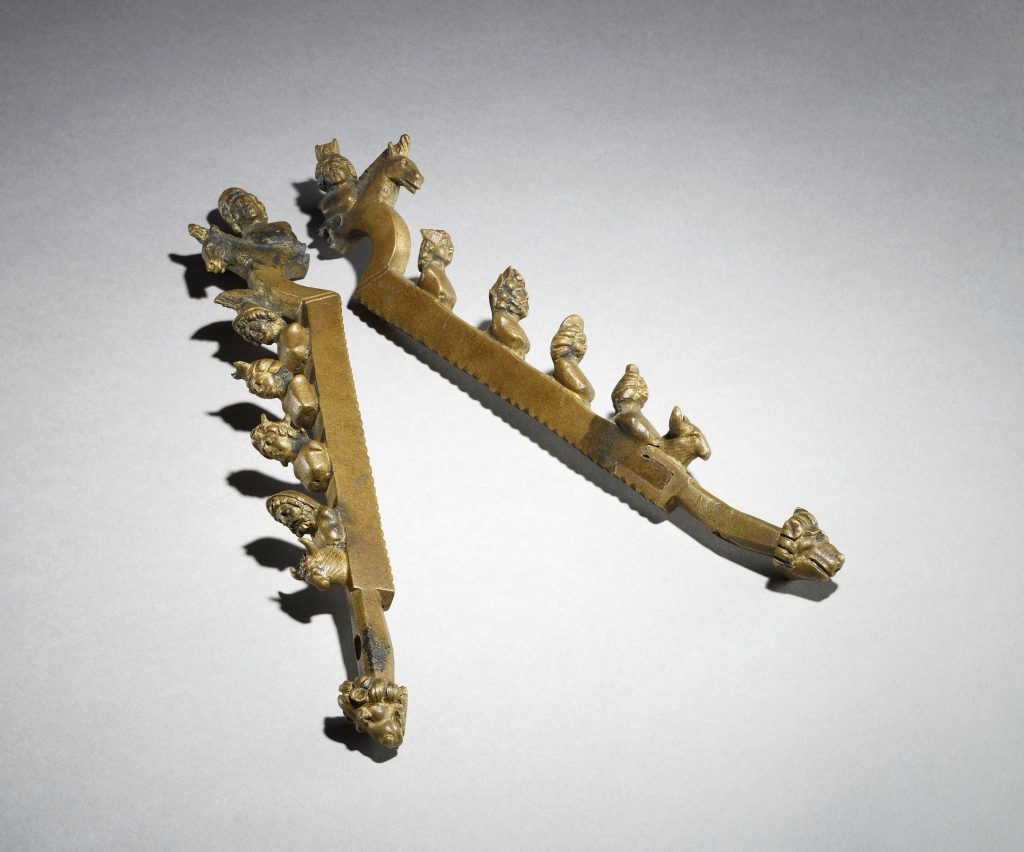2 May 2022, by Ilaria Bultrighini
As part of my previous role as member of the ERC project Calendars in Antiquity and the Middle Ages: Standardisation and Fixation (University College London; PI: Prof Sacha Stern; 2013-2018), I investigated the origins and development of the seven-day week in the Roman Empire. Despite its interest and obvious relevance to the present, the early history of the seven-day week had not been systematically studied before. The only comprehensive study of the seven-day week in antiquity up to then was a book published by Colson in 1926. Yet, the wealth of epigraphic and documentary evidence that has subsequently been discovered made Colson’s work outdated. As part of my research, I searched for, collected, and analysed references to individual days of the week and to the seven-day week as a whole across the entire corpus of epigraphic, documentary, and literary sources in Greek and Latin from throughout the Roman Empire. This relatively large body of evidence covers the whole Roman Imperial period and Late Antiquity, until approximately the end of the sixth century CE. The main output of this research is a substantial book chapter I wrote jointly with Sacha Stern, which also includes an examination of the early history of the Jewish Sabbath week based on his detailed analysis of relevant Hebrew and Aramaic sources.
The week as known today is the result of the merging of two different cultural traditions: the Jewish, biblical week and the planetary week of astrological origin. Although the idea of dividing the days of the year into cycles of seven days and of naming each of these days reaches far back into biblical antiquity, the seven-day week as a structure of time reckoning was in fact devised in the early Roman Imperial period. In the course of the first two centuries CE the Jewish and astrological traditions gradually converged to create a single, standardised seven-day week. The Christianisation of the week in the fourth century led to its wide diffusion in the Roman Empire, but its mixed cultural origins—Judeo-Christian and astrological—persisted up to Late Antiquity and the early Middle Ages.

representing the planetary deities of the week. From Mâcon, France, c. 150-250 CE
© The Trustees of the British Museum
In this blog post, I focus on one of these two traditions, the astrological one. The planetary week makes its first appearance in Italy in the second half of the first century BCE. At that time and throughout the first century CE the evidence for it remains limited to the city of Rome and other parts of central-southern Italy. It is only in the course of the second century CE that the planetary week is attested outside of the Italian peninsula, including in the eastern Mediterranean. Still, the evidence suggests that even when the planetary week did reach the East, it remained a considerably more limited phenomenon compared to the western part of the Roman Empire. On this basis, Sacha Stern and I assume that the planetary week is a ‚Roman‘ product. This conclusion differs drastically from earlier scholarship, in which the general consensus is that the planetary week originated from Babylonian, Egyptian, or Hellenistic astrology. Colson did not attempt to pinpoint any specific tradition for its invention, but still presumed a ‘spread from east to west’. Nevertheless, there is in fact no evidence of a planetary week in Egypt, Mesopotamia, the Hellenistic world, or anywhere further east, before the second century CE. The evidence suggests, therefore, that the tradition could only have originated in Italy.
The sequence of the planets within the week is as follows: day of Kronos/Saturn (Saturday), day of Helios/Sol (Sunday), day of Selene/Luna (Monday), day of Ares/Mars (Tuesday), day of Hermes/Mercury (Wednesday), day of Zeus/Jupiter (Thursday), and day of Aphrodite/Venus (Friday). This differs from the order of the planets in the Hellenistic astronomical and cosmological traditions, in which the planets were arranged according to their distance from the earth and/or the length of their revolution, originally as Saturn, Jupiter, Mars, Mercury, Venus, Sun, Moon, and in later, Roman sources as Saturn, Jupiter, Mars, Sun, Venus, Mercury, Moon—the so-called Chaldean order.

© The Trustees of the British Museum
The earliest mention of the generally accepted explanation for the order of the planets within the week in the literary sources is by the Alexandrian astrologer Vettius Valens (mid-2nd century CE), followed a half-century later by the historian Cassius Dio. The theory is based on the role of the seven planets as rulers of hours. The week was mapped out in 168 hours; the seven planets (in the so-called Chaldean order) were assigned serially to the 24 hours of the day, and then to the 168 hours of the week, the planet assigned to the first hour of each day becoming the ruler of that particular day. Therefore each planet was assigned both to specific hours of the day and to a whole day. The resulting sequence runs from the day of Saturn (Saturday) to the day of Venus (Friday). It is thus clear that the planetary week was not founded on any astronomical principle or system; the correspondence of days of the week with the seven celestial bodies is indeed abstract, artificial.
In fact, this concept is attested at least a half-century before Vettius Valens in a fragmentary inscription from the area of Potenza Picena (ancient Potentia) in central Italy, near the Adriatic coast. The inscription has been dated mainly on the basis of letterforms to around 100 CE or possibly earlier, even as early as the Augustan period (27 BCE – 14 CE). The fragment preserves part of a repeating list of planets in the cosmological sequence; each planet is given a number and a letter (B, N, or C) designating it as good (bona), harmful (noxia), or indifferent (communis). In other words, this inscription presents the sequence of planetary hours as described by Vettius Valens and thus suggests that such a scheme was most likely of Italian origin. This would tie in well with the Italian origins of the planetary week Sacha Stern and I are arguing for.
Further reading:
Bultrighini, I. and Stern, S. (2021) „The seven-day week in the Roman Empire: origins, standardization, and diffusion“. In S. Stern (ed.), Calendars in the Making: The Origins of Calendars from the Roman Empire to the Later Middle Ages (Time, Astronomy, and Calendars: Texts and Studies, 10). Leiden: Brill, 10–79.
Colson, F.H. (1926) The Week: An Essay on the Origin and Development of the Seven-Day Cycle. Cambridge: Cambridge University Press.

